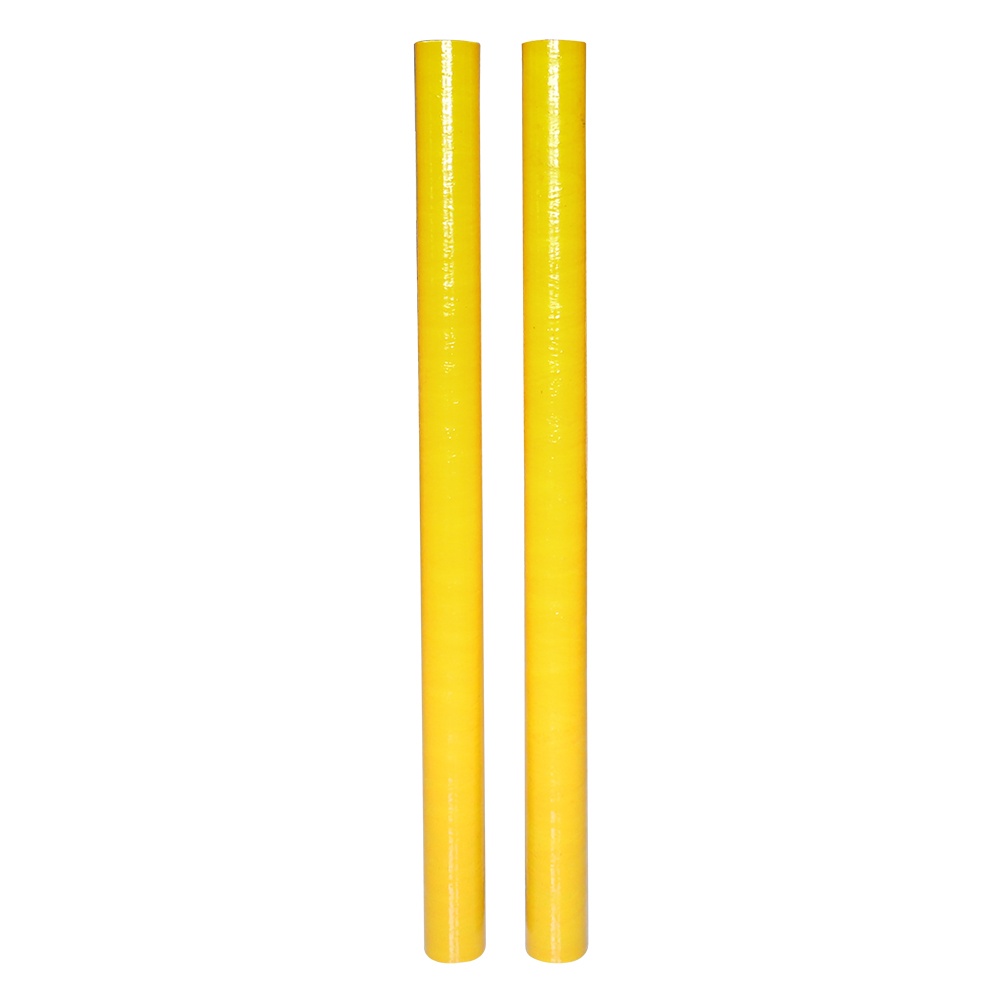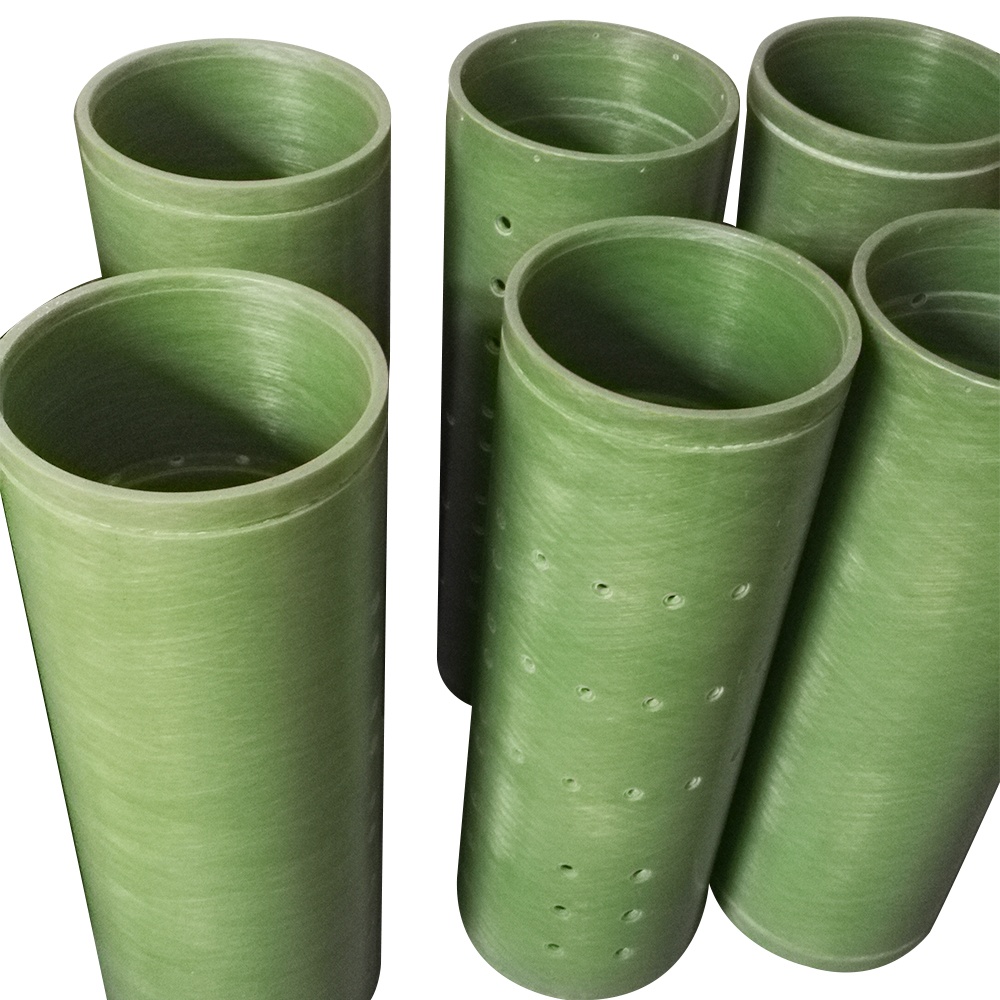What the types of materials used for 5G antenna radomes?
The popularity of the 5G network has brought significant changes to people's lives with the development of the times and technology to make the signal can cover the whole area and can have a stable 5G signal so that the 5G signal is not destroyed, and in addition, to prevent the radiation of 5G signal is harmful to human health, so that the 5g antenna radome materials is a relatively particular product, for 5G signal tower and a 3G signal tower, etc. It becomes essential.
5G network

The role of 5G antenna radiation cover
In the 5G network, the antenna is the bridge between mobile devices and the base station, an essential part of the 5G system. However, the antenna also generates electromagnetic wave radiation, potentially impacting human health and the environment. To protect people and the environment from harm, the 5G antenna should be wrapped in a radiation shield, which can significantly reduce the impact of radiation on the surrounding weeks because the 5G signal will generally be distributed in crowded areas so that 5G signal is more secure can be distributed around.
The type of 5G antenna radiation cover material
Many types of materials are used as 5g antenna radome. These materials are suitable for antenna tower protective cover, such as glass fibre-reinforced plastic, liquid crystal polymer, polytetrafluoroethylene, etc. These materials usually have to be selected according to the use of the environment and the functions that need to be achieved. The following is the introduction to these materials.

1. FR-4 (glass fibre-reinforced plastic)
FR-4 is a widely used circuit board material comprising glass fibre and epoxy resin. Due to its good mechanical strength and heat resistance, using FR-4 in 5G antenna radiation shield can provide good electromagnetic shielding and waterproof and dustproof performance. In addition, FR-4 material is also relatively cheap and easy to process and manufacture.
2. LCP (Liquid Crystal Polymer)
LCP is a high-performance thermoplastic polymer with excellent dielectric properties, mechanical strength and heat resistance. LCP in 5g antenna radome can provide better electromagnetic performance and a higher operating temperature range, so it is widely used in high-end 5G devices.
3. PTFE (polytetrafluoroethylene)
PTFE is a polymer material with excellent insulation properties, chemical resistance and low dielectric loss. PTFE in 5g antenna radome materials can provide better electromagnetic performance and a higher operating temperature range, which is also widely used in high-end 5G equipment.
Third, the advantages and disadvantages of various 5G antenna radiation shield masks
All the materials here can be used in 5g radome materials, so these four materials have different advantages and disadvantages. The following is the comparison.
1. FR-4
Advantages:
a. Good mechanical strength and heat resistance
b. Good waterproof and dustproof performance
c. lower cost
Disadvantages:
a. Poor electromagnetic performance
b. Limited operating temperature range
2. LCP
Advantages:
a. Excellent dielectric properties, mechanical strength and heat resistance
b. Excellent electromagnetic properties
c. Higher operating temperature range
Disadvantages:
a. Higher cost
b. Complex manufacturing process and more difficult to process
3. PTFE
Advantages:
a. Excellent insulation properties, chemical resistance and low dielectric loss
b. Excellent electromagnetic properties
c. Higher operating temperature range
Disadvantages:
a. Higher cost.
The future development trend of 5g antenna radome materials
1. R&D application of new materials
In addition to the standard 5G antenna radiation shield materials such as FR-4, LCP and PTFE, new materials are also advancing. For example, polyimide (PI) materials have excellent mechanical strength, high-temperature resistance and low dielectric loss and have promising applications in 5G antenna radiation masks. In addition, inorganic nanomaterials are widely studied and applied in 5G antenna radiation shield materials, such as zinc oxide (ZnO) nanowires, titanium dioxide (TiO2) nanoparticles, etc.
2. Application of environmental protection materials
With the increasing environmental protection awareness, the demand for environmentally friendly materials is also increasing. Some environmentally friendly materials are used in 5g antenna radome materials, such as bio-based composites, biodegradable polymers, etc. These materials have excellent electromagnetic performance, are friendly to the environment, and conform to sustainable development.
3. Application of innovative materials
In the future, the application of innovative materials will be an essential development direction for 5G antenna radiation shield materials. Innovative materials are materials with self-awareness, self-diagnosis and self-adaptive capabilities. For example, carbon fiber composites, shape memory alloys, etc., have intelligent functions and have promising applications in 5G antenna radiation masks.
Summary
5G antenna radiation shield materials are crucial to protecting public health and environmental safety. Materials such as FR-4, LCP and PTFE are widely used in 5G antenna radiation shields, and their advantages and disadvantages differ. In the future, the application of new materials, environmental protection materials and intelligent materials will be the main development direction of 5G antenna radiation shield materials.

